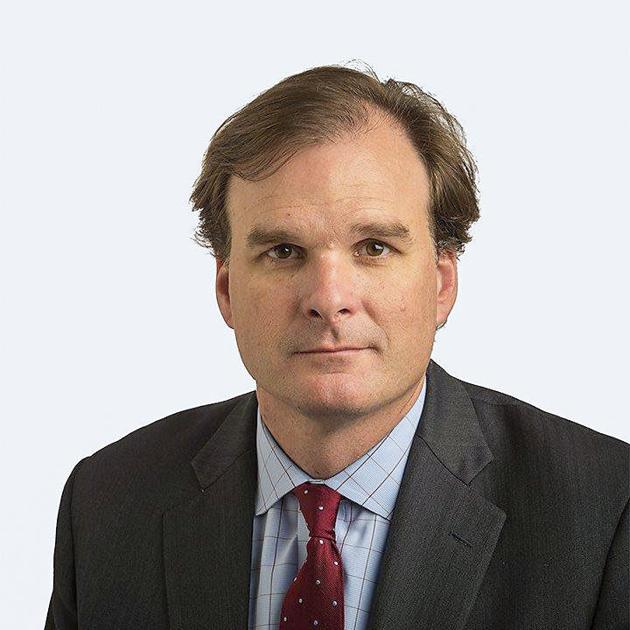USDA Doubling Down on Growth of NRCS Working Lands For Wildlife!
Given where we are in 2023, we feel a great sense of responsibility to shore up and expand one WLFA as USDA’s premier approach to working lands conservation that benefits wildlife and people. For this reason, we are excited to share with our partners the future plans for WLFW. On June 27th, USDA Undersecretary Robert Bonnie announced an ambitious plan for growth of NRCS’s Working Lands for Wildlife (WLFW) to increase USDA investments, add critical geographies, and expand WLFW partnerships to additional federal agencies. See our link to the news release for more information.
Key details that will hold:
- USDA is expanding on existing working lands and wildlife conservation efforts here, while kicking off strategic improvements and adding more resources;
- All the programs involved are voluntary and geared to support local, state, tribal efforts;
- The commitments are generally for 5 years to facilitate agency and partner planning;
- The commitments will be focused and delivered under 7 Frameworks for Conservation Action co-developed over next 1.5y by NRCS and FSA - 3 updated and 4 new
- Importantly, under these Frameworks, USDA will be enhancing complementarity of programs administered by NRCS (e.g., ACEP and EQIP) and FSA (CRP, CREP, SAFE);
- NRCS is committing at least $500m in ACEP and EQIP to anchor and jump start the work across the Frameworks and FSA will be bringing CRP alongside
- NRCS and FSA are committing at least $30m to WLFW for science and coordination work to flesh out Frameworks and focus the other investments mentioned here;
- USDA will be adding new boots on the ground for technical assistance that support this work, initially via a broader hiring initiative at NRCS for core staff and partner positions;
- This announcement will include new funding commitments to expand an initiative on migratory big game beyond WY to ID and MT, and to boost the Northern Bobwhite, Grasslands and Savannas Framework
A frequently asked question: what’s a Framework for Conservation Action? In short, it’s a strategy to guide investments. It’s meant to bring together science and local knowledge to establish a shared vision and key conservation goals for a given ecosystem. With key priorities and threats identified, a Framework is then used to align and funnel multiple funding streams (including traditional Farm Bill and newly IRA) to maximize outcomes at large scales, e.g., across state boundaries.
Here is an existing example of one of our Conservation Frameworks
Exciting New WLFW Announcement from USDA!

Robert Bonnie, Under Secretary for Farm Production and Conservation at USDA.
Read Bonnie's remarks from the Corridors, Connectivity, and Crossings conference.


























